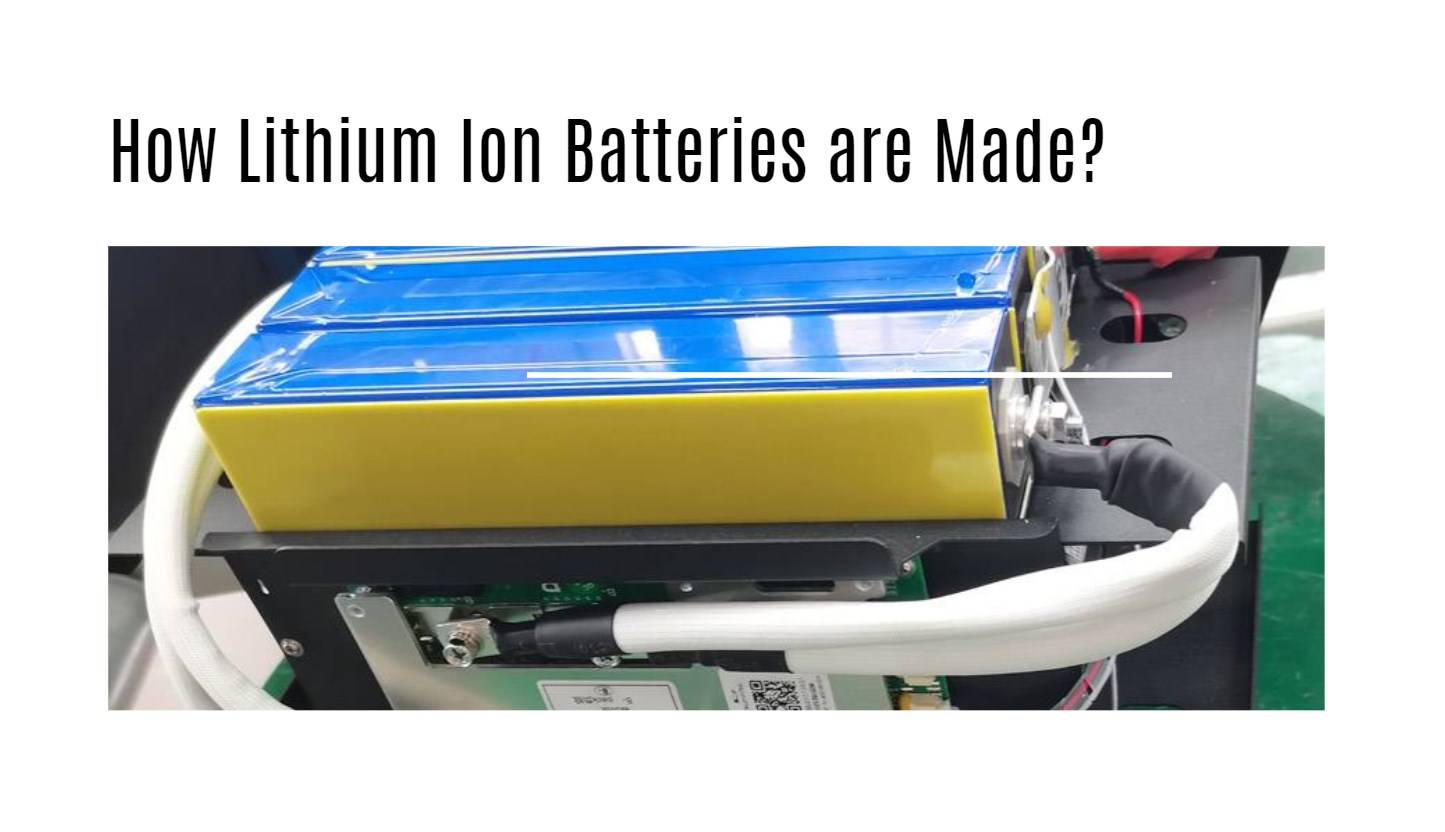Lithium-ion batteries are a testament to modern engineering excellence, providing the adaptability and efficiency essential for a wide range of applications from portable electronics to electric vehicles. This article takes an in-depth look at lithium-ion battery technology, discussing the challenges in manufacturing, innovations in materials, and the future of performance optimization and cost-effectiveness.
Core Principles of Lithium-Ion Batteries
Lithium-ion batteries function based on the movement of lithium ions between the positive electrode (cathode) and the negative electrode (anode) during the charging and discharging processes. This electrochemical reaction is mediated by a liquid or solid electrolyte, which ensures efficient energy transfer and minimal degradation over time.
Diverse Cathode Materials
The development of cathode materials is central to enhancing battery capabilities. While lithium cobalt oxide (LiCoO2) was once the standard, newer materials such as nickel manganese cobalt oxide (NMC) and lithium iron phosphate (LiFePO4) are now preferred for their improved safety and higher energy densities. These innovations aim to mitigate the risks of thermal runaway associated with older materials, thus increasing the dependability and lifespan of lithium-ion batteries.
Balancing Materials for Optimal Performance
Achieving optimal balance between electrode materials is critical for battery safety and longevity. Current research focuses on reducing inactive materials in electrodes to maximize energy density, thereby improving overall efficiency and reducing manufacturing costs.
Manufacturing Challenges and Innovations
The production of lithium ion batteries involves complex processes such as electrode coating and assembly, which significantly impact both performance and cost.
Cost Reduction Strategies
Addressing the high manufacturing costs remains a priority within the industry. Innovations such as water-based electrode processing offer substantial cost savings compared to traditional methods using N-methylpyrrolidone (NMP). Water-based processing not only reduces solvent costs but also enhances environmental sustainability by eliminating flammable vapor risks associated with NMP.
Future Prospects and Research Directions
Ongoing research endeavors focus on further enhancing battery performance through advanced electrode designs and improved manufacturing techniques. This includes the development of thicker electrodes and the reduction of inactive materials, which promise to increase energy density and reduce overall production costs.

Conclusion
The future of lithium ion batteries hinges on continuous innovation and optimization across material science, manufacturing processes, and cost efficiency strategies. By addressing current challenges and leveraging emerging technologies, the industry is poised to unlock new potentials in energy storage, paving the way for widespread adoption in electric vehicles and renewable energy applications.
For further insights into the advancements in lithium ion battery technology and its implications, consult our comprehensive resources and stay informed about the latest developments shaping the future of energy storage.



